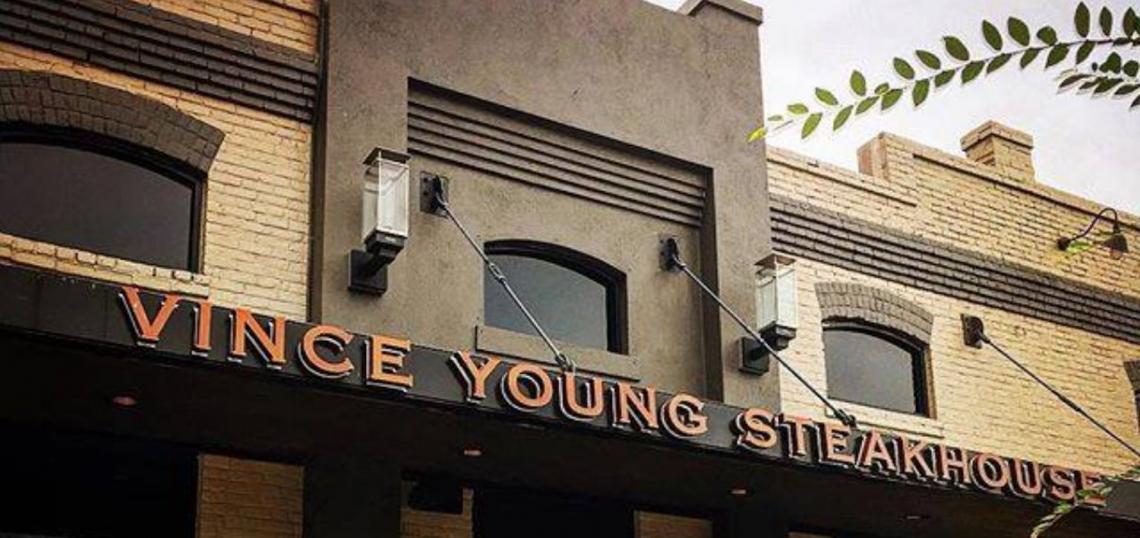A proposed demolition to make way for … a Downtown development of some sort has been stymied by a move to landmark a former warehouse on the prospective development site instead of destroying it.
The one-story, brick building, located at 301 San Jacinto Boulevard, was built in 1912 for Nalley Grocery Company and was for most of its history the site of grocery wholesaler, produce purveyor, and coffee roaster. In 1923, it was purchased by the John Bremond Company, which also ran it as a wholesale grocery business as well as playing a substantial role in Austin’s civic and private development. It is currently owned by the Houston family, descendants of the Bremonds. It was the location for MTV's The Real World: Austin (2005) and is currently home to Vince Young Steakhouse.
Represented by Armbrust and Brown attorney Richard Suttle, the owners have applied for a demolition permit for the building. The Historic Landmark Commission reviewed the permit at its October 25 meeting and, over Suttle’s objections, voted to postpone the matter while it investigated the warehouse’s possible qualification for protected landmark status.
At their November 15 meeting, commissioners and staff returned with what the commission concluded was ample evidence that the building meets the criteria for a city historic landmark. Suttle returned as well, armed with a letter objecting to the historic zoning from owner David Houston and pointing to the fact that there was no community objection to the demolition presented at either of the meetings. He also argued that the landmark designation would be excessive, that the area’s history could easily be conveyed by a plaque or other placemaking tools, that it would impose a hardship on the owners, and that it would constitute punishment for for keeping the building in good condition (rather than letting it deteriorate to the point that demolition would be clearly warranted, presumably).
Commissioners acknowledged that imposing a historic designation against an owner’s will is not ideal and to be avoided if possible, but agreed that the building meets the commission’s three criteria for landmarking: architectural significance, historic association, and community value. Some of the specific factors cited were its role in the industrialization of the city, its value in telling the story of the railroad that traveled through Downtown and contributed to Austin’s growth into a city, and the fact that it is constructed in a European style but with bricks made of sand and clay from the Colorado River.
The commissioners’ vote to initiate historic zoning for the property was unanimous, but the rezoning will still need to be approved by a supermajority of the City Council before the building is landmarked.
And while whatever development plans that exist for the property have not been made public, it’s notable that a demolition permit for the building at 310 East Third Street, built in 1938 on a different corner of the block where the warehouse is located and owned by the same applicant, was released at the October 25 landmark commission meeting.






